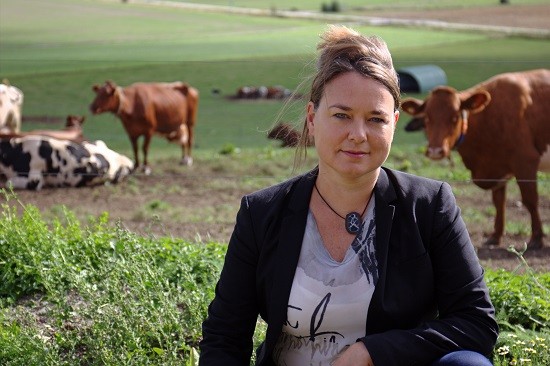How Digital Developments are Improving Animal Welfare
Sensor technology is not particularly new on dairy farms but as time goes on, more and more technologies are emerging and farmers can now gather huge amounts of data.
When a cow is milked using a DeLaval VMS™ for example, there are several sensors in place that provide information on every udder quarter. Our sensors measure inflammation in the milk, e.g. white blood cells, but also biomarkers to check for diseases and fertility status. A 3D-image can even be taken every time a cow is milked to measure her body condition score.
All of this data helps the farmer know how healthy their animals are. This wealth of data can alert a farmer about potential mastitis or other illnesses and also provide other information on the cow’s health and wellbeing.
“For a family driven farm, sensor technology gives farmers higher flexibility to plan their work while at the same time ensuring that cows get the attention they need,” says Ilka Klaas, PhD and Dairy Development Director at DeLaval.
“When a farmer is busy with a dozen other tasks, it’s important to give them the right information at the right time so that they can make the best decisions for the cow.”
DeLaval is constantly working on improving the data analysis to help the decision-making process on farms.
“There’s so much data out there now,” says Ilka Klaas. “What’s important is how to use it. We can improve the algorithms and increase the value of monitoring. In that way we can help farmers get the right risk profiles and give them the right tools that will identify the cows that need help,” says Ilka.
Ilka is also keen to point out their use of sensor technology and big data is making progress because of collaboration. “We work with research institutions around the world and industrial PhD students working on the use of sensor technology for better mastitis management. But we also work closely with the International Dairy Federation and other stakeholders in the industry. Together we can make progress faster.”

